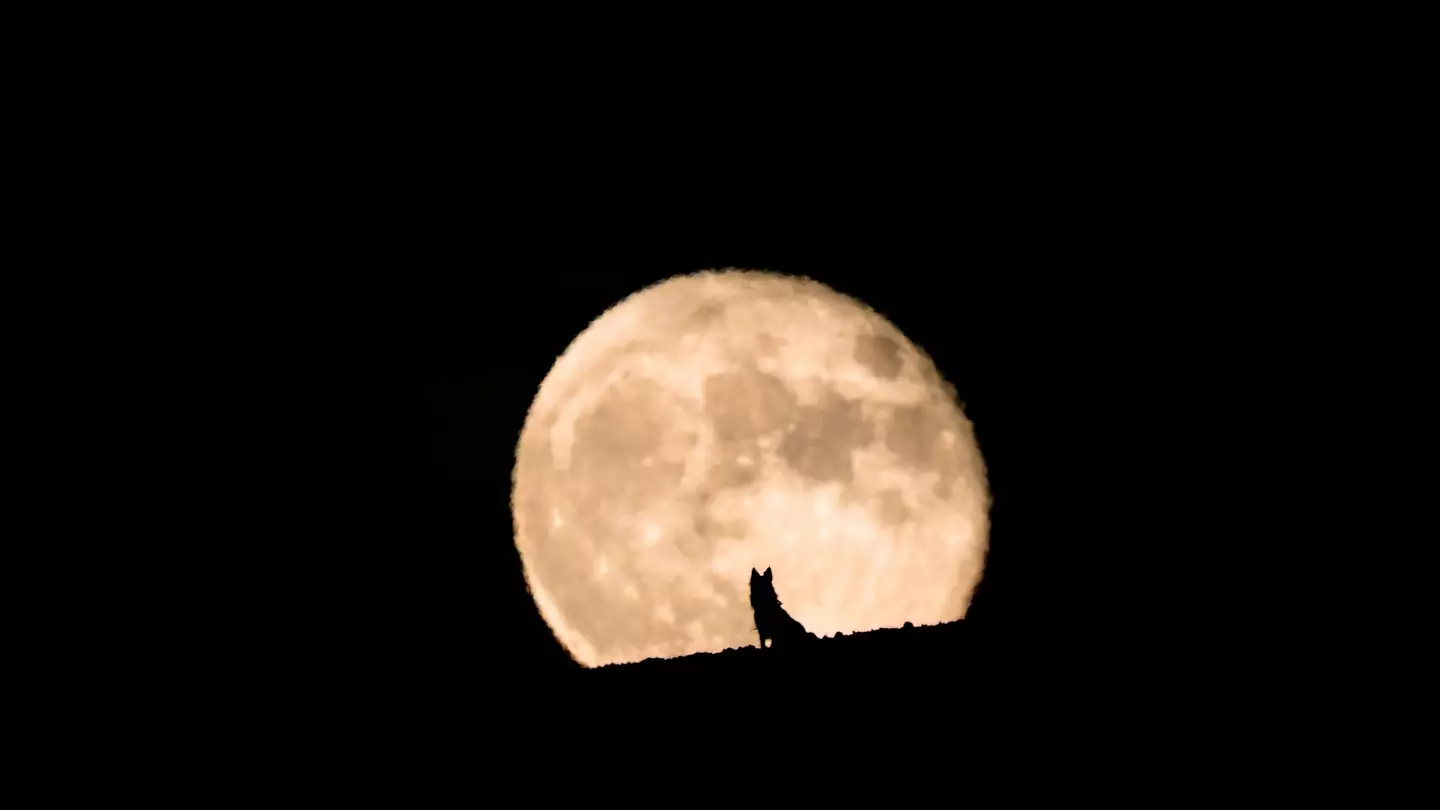


Neil deGrasse Tyson shares proof the moon landings were real to ‘intellectually disconnected’ people
He had some strong words for non-believers
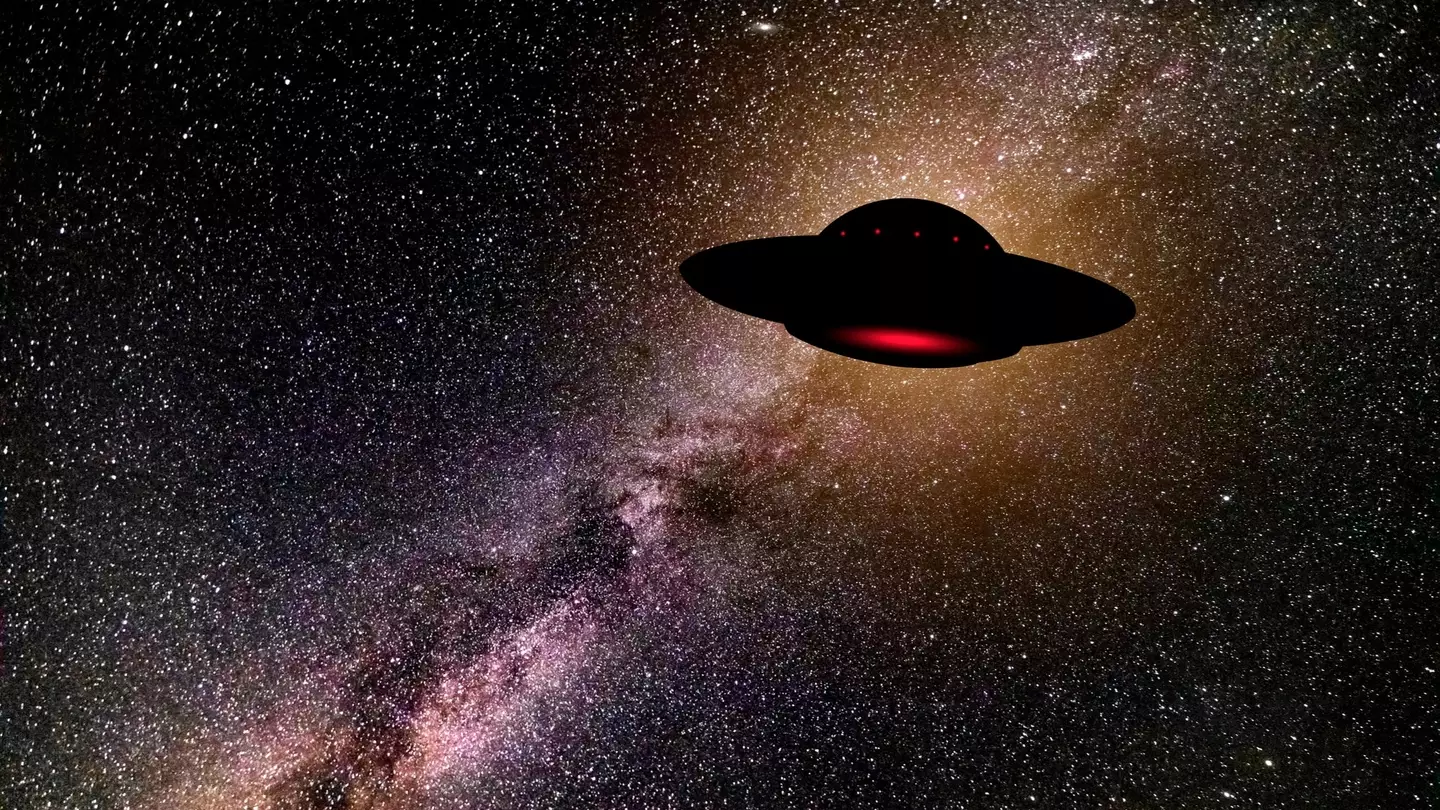
The alien expert thinks Hollywood has got it wrong
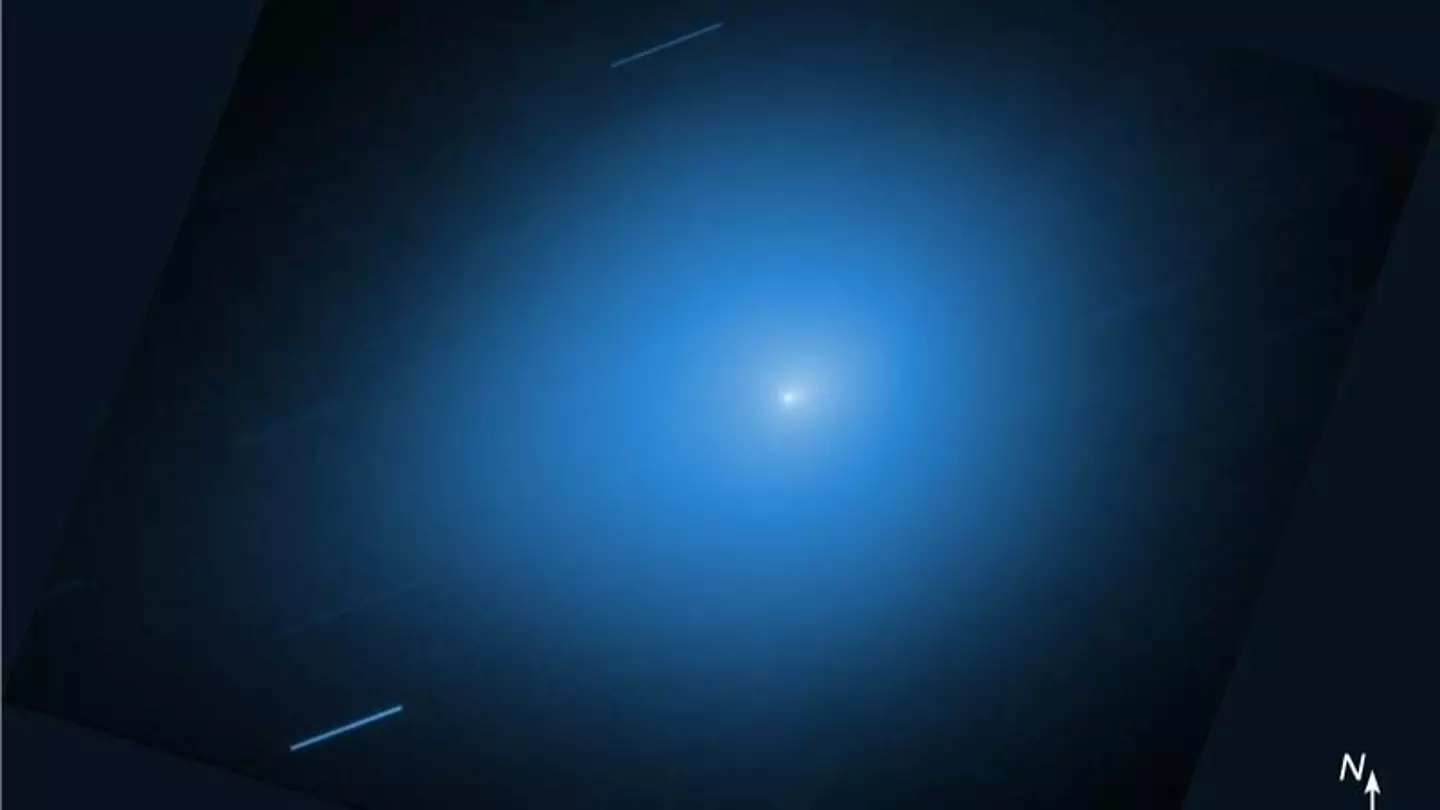
Professor Avi Loeb previously suggested that 3I/ATLAS shows several 'anomalies' that could signal alien technology

The most popular interstellar object in town made its closest approach to Earth hours ago
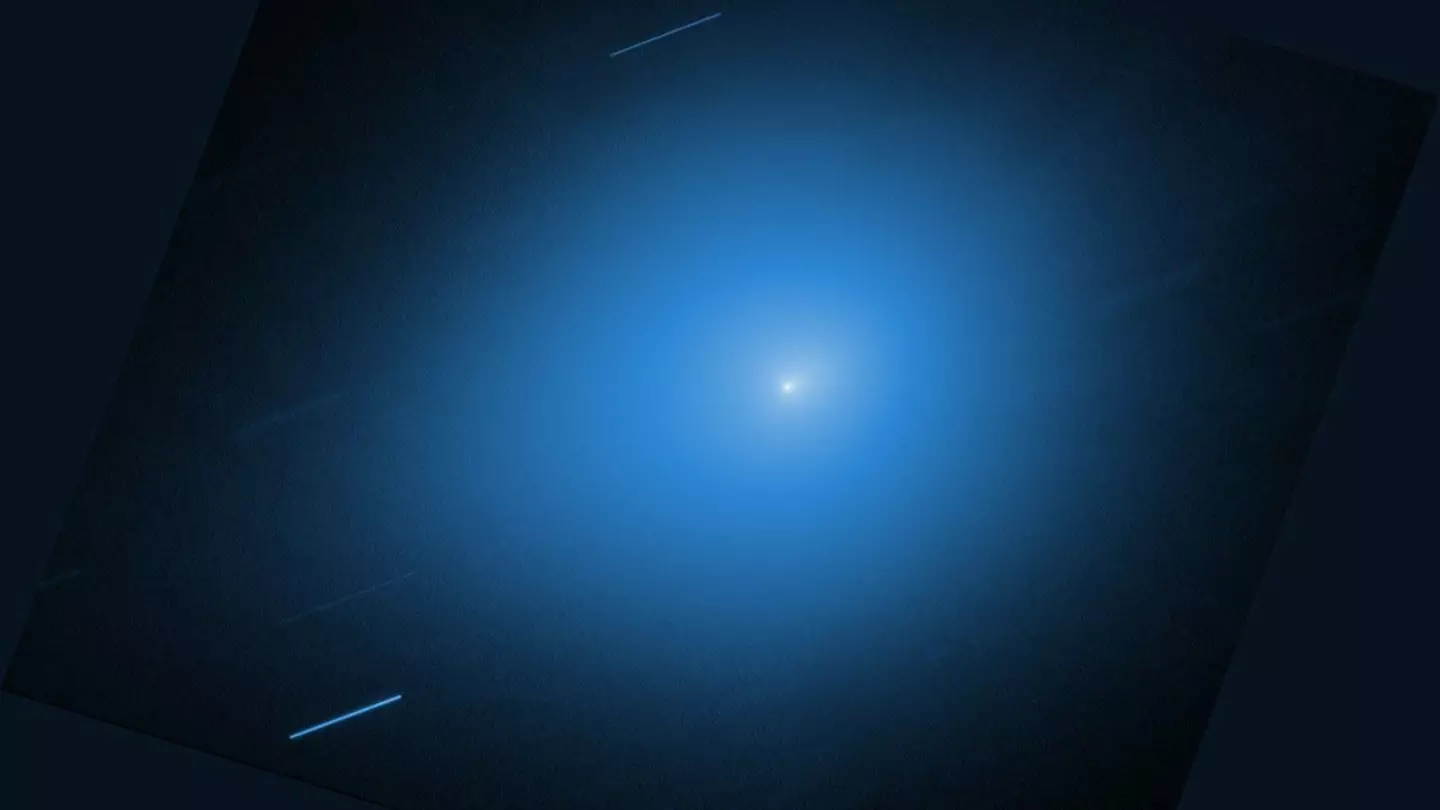
Astrophysicist Avi Loeb has not been shy in sharing his thoughts on 3I/ATLAS

Nobody can completely live up to the ideal
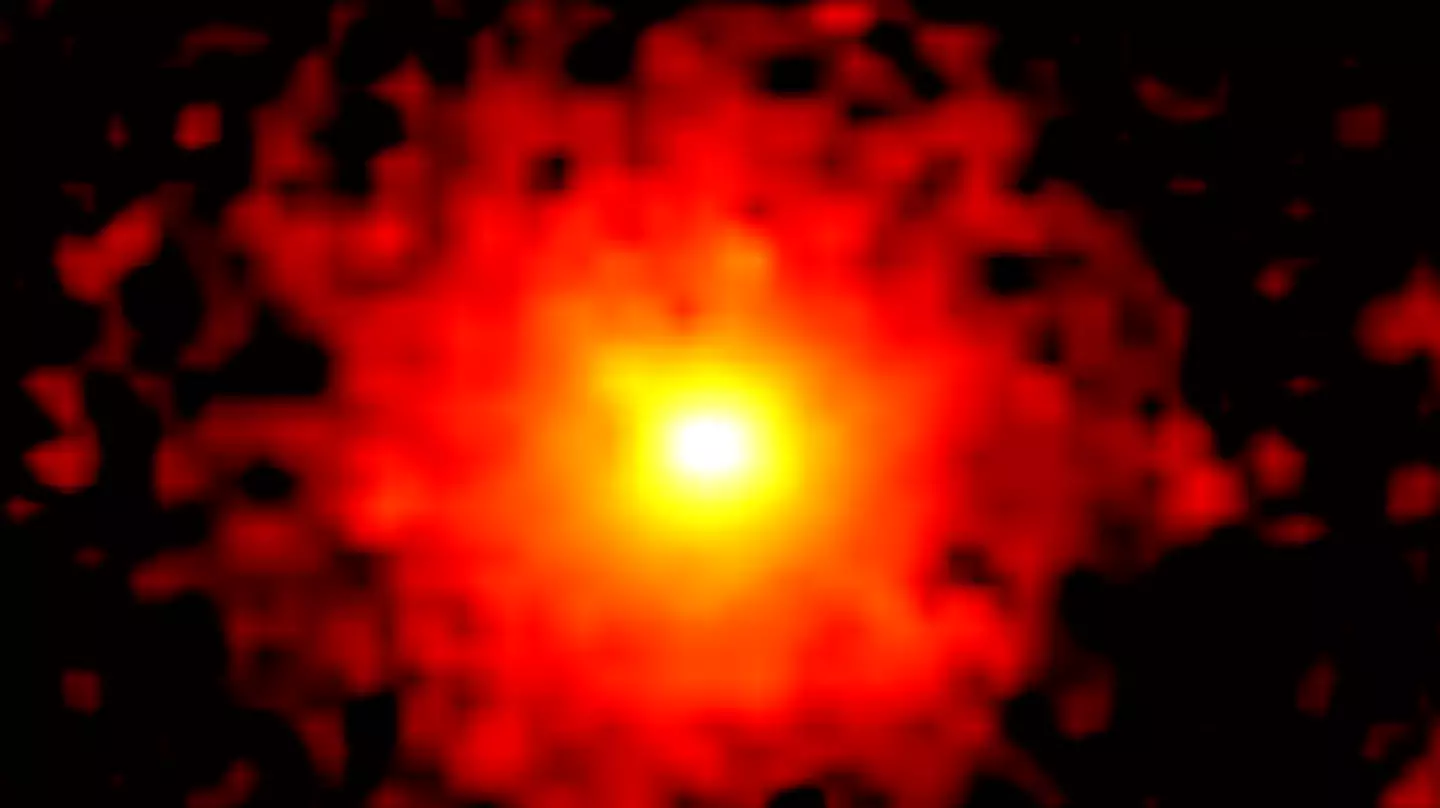
3I/ATLAS will reach its closest point to Earth tomorrow (19 December)
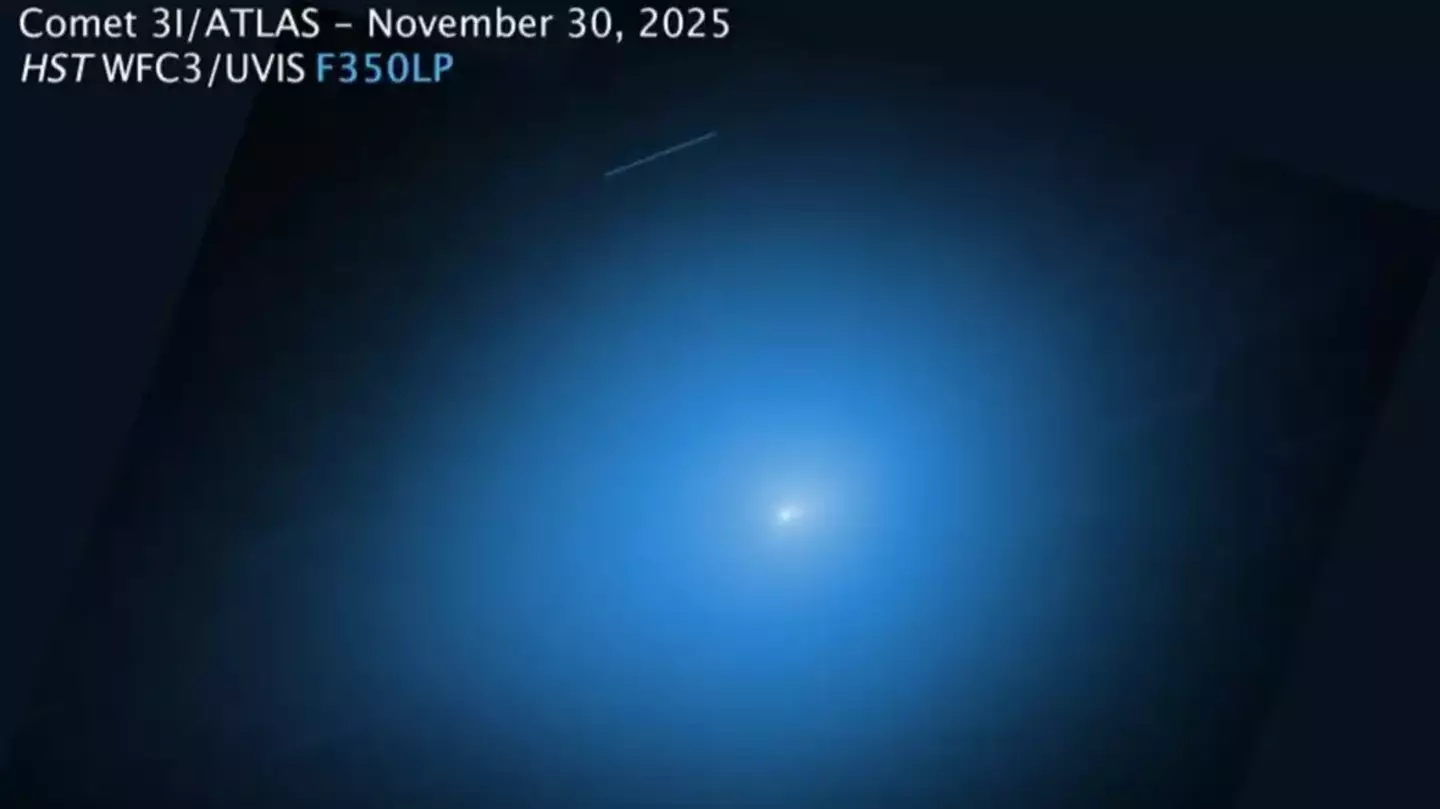
There are a couple of ways you can get a glimpse of 3I/ATLAS
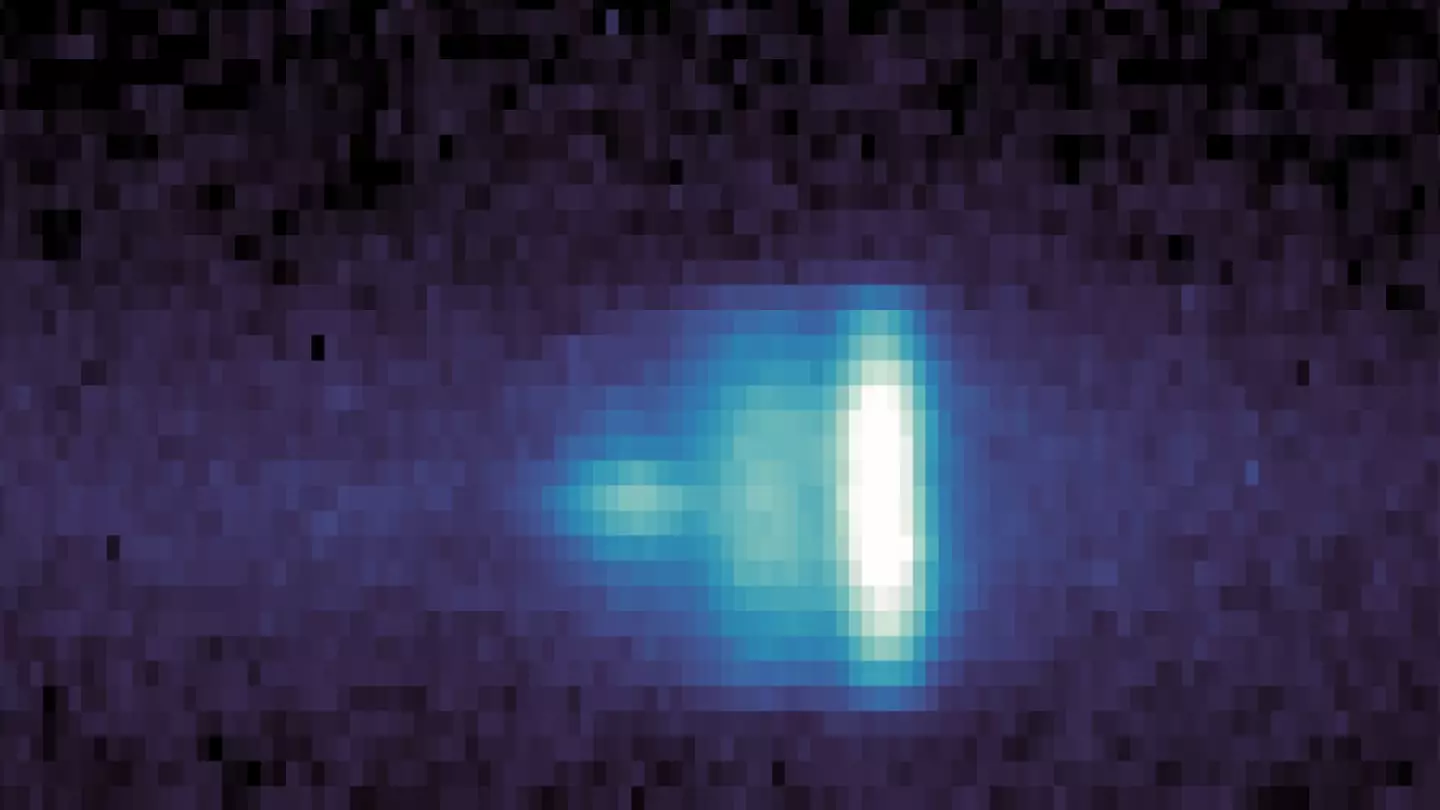
3I/ATLAS is getting closer to Earth and some think its 'jets' are helping it get there

This thing is over 12 miles thick
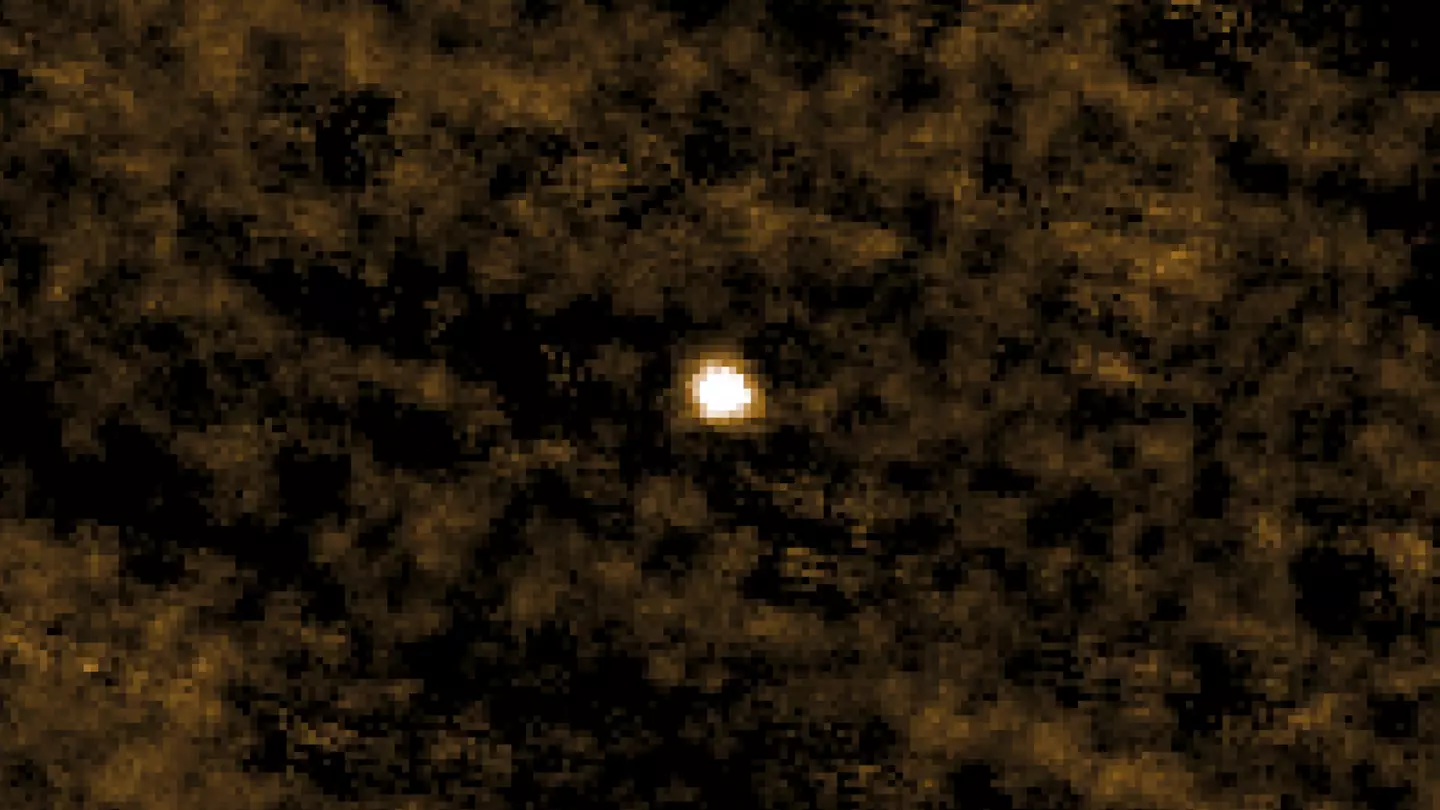
How to see 'potentially hostile' interstellar object as it moves incredibly close to Earth this week
Get your telescopes at the ready, lads

SpaceX has launched 29 new Starlink satellites into low Earth orbit

Myocarditis is inflammation of the heart muscle, which can often occur following a virus
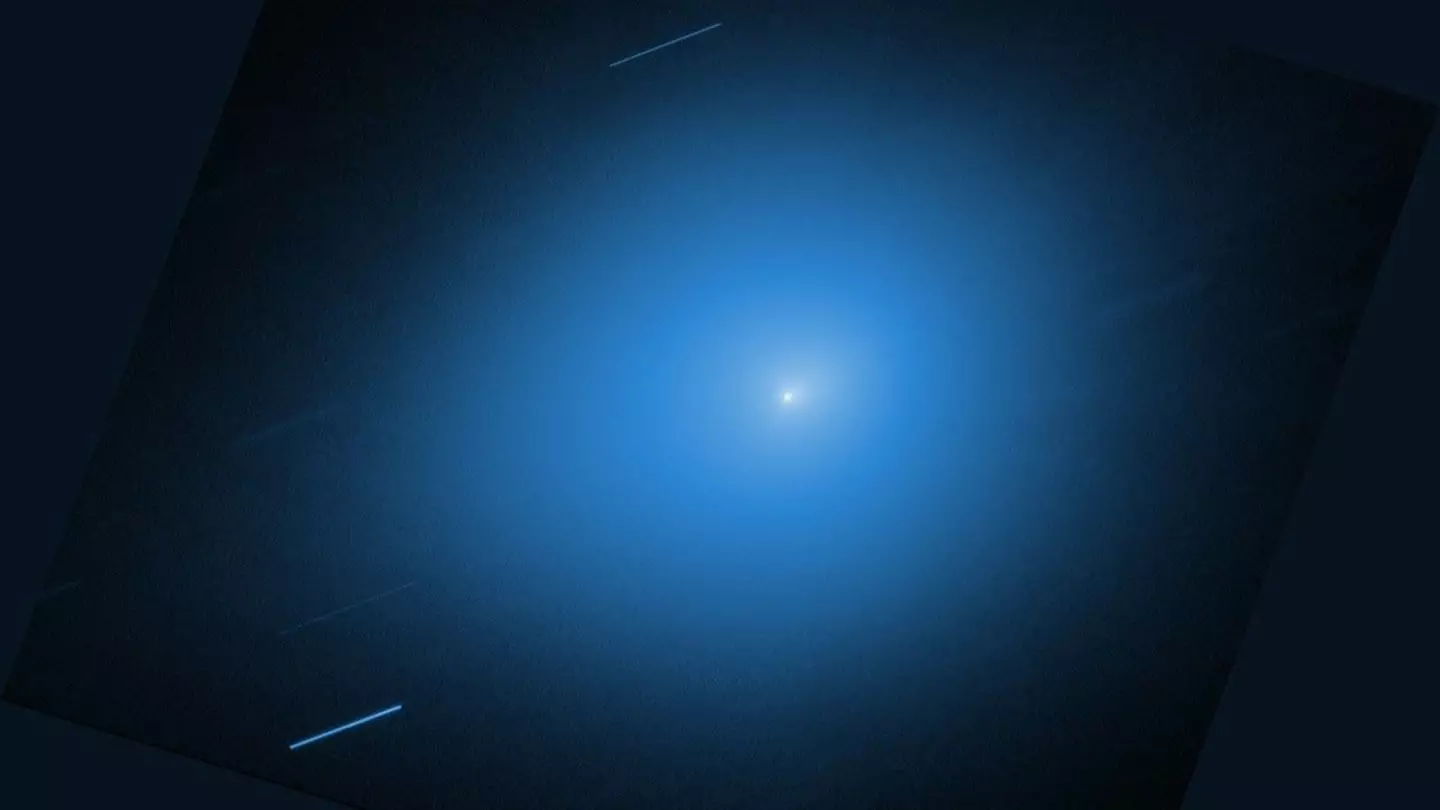
A scientist has noticed something unusual about the comet as it comes closer

Their research found the two times where you start getting significantly older

There have been many possible explanations, but one is particularly unsettling - especially today
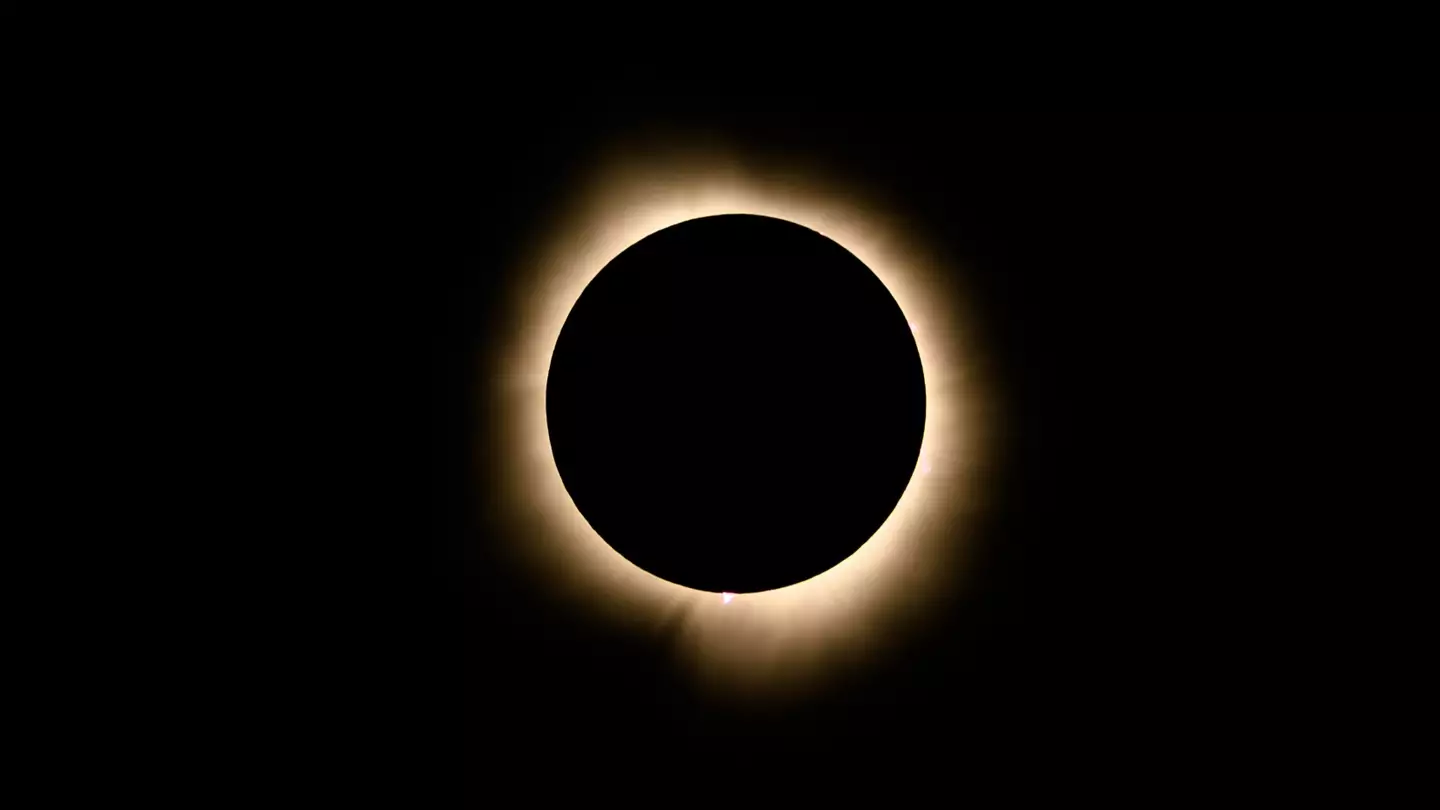
The Great North African Eclipse will see the Earth plunged into darkness as the moon completely eclipses the sun for more than six minutes

The billionaire has had a big change of heart
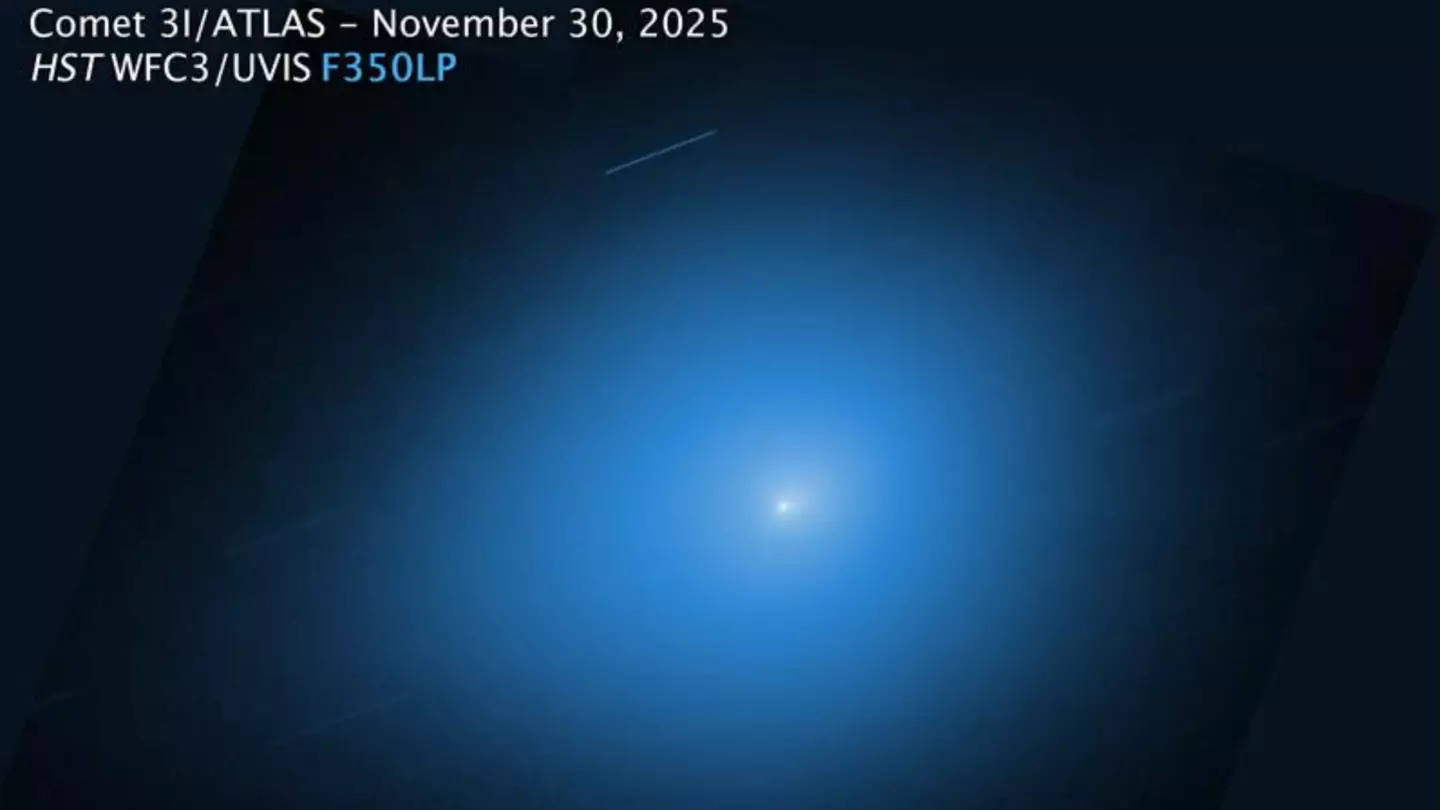
An X-ray image reveals further details

Astronomers noticed the event 130 million light-years away
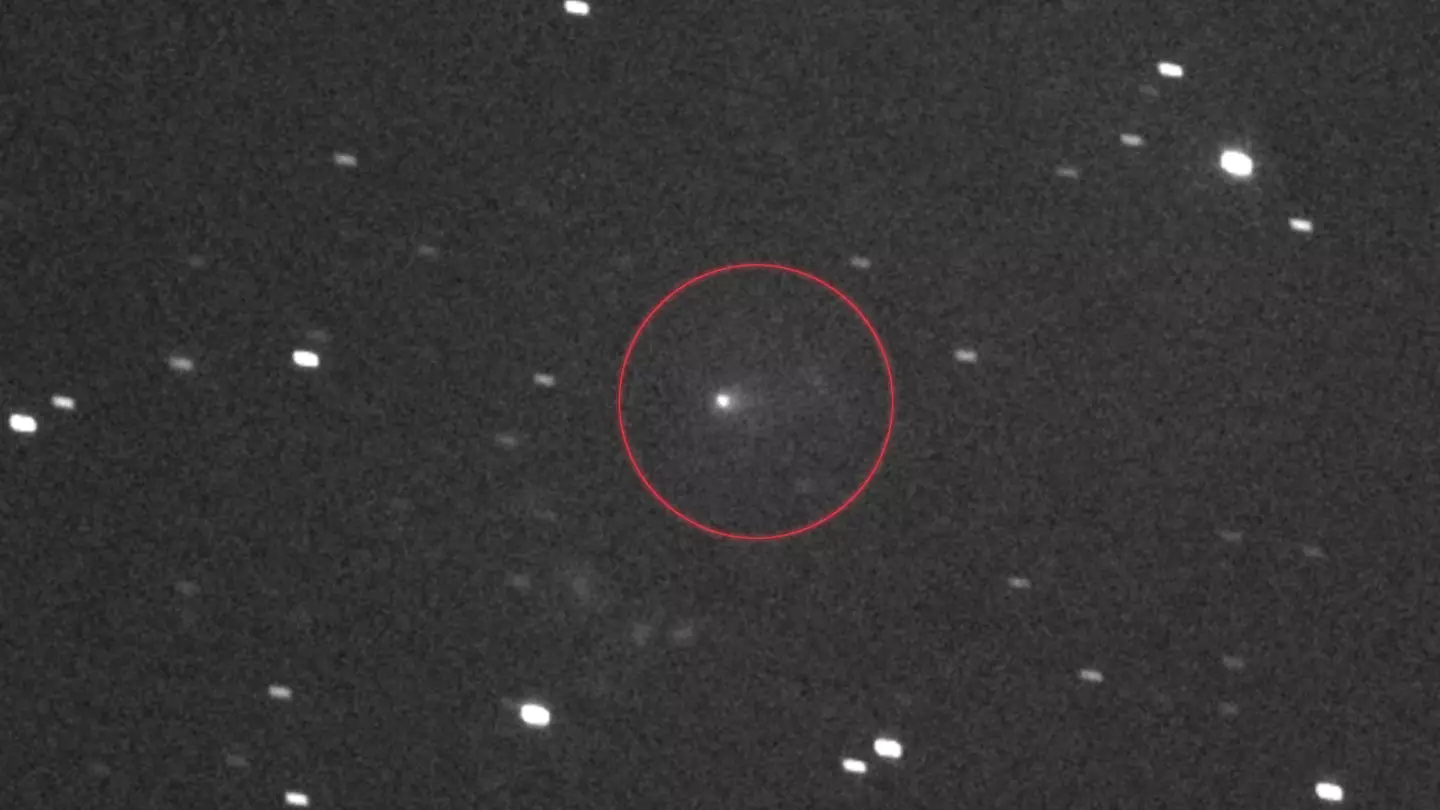
NASA astrochemist Dr Martin Cordiner and his team at the Goddard Space Flight Center have made an interesting observation
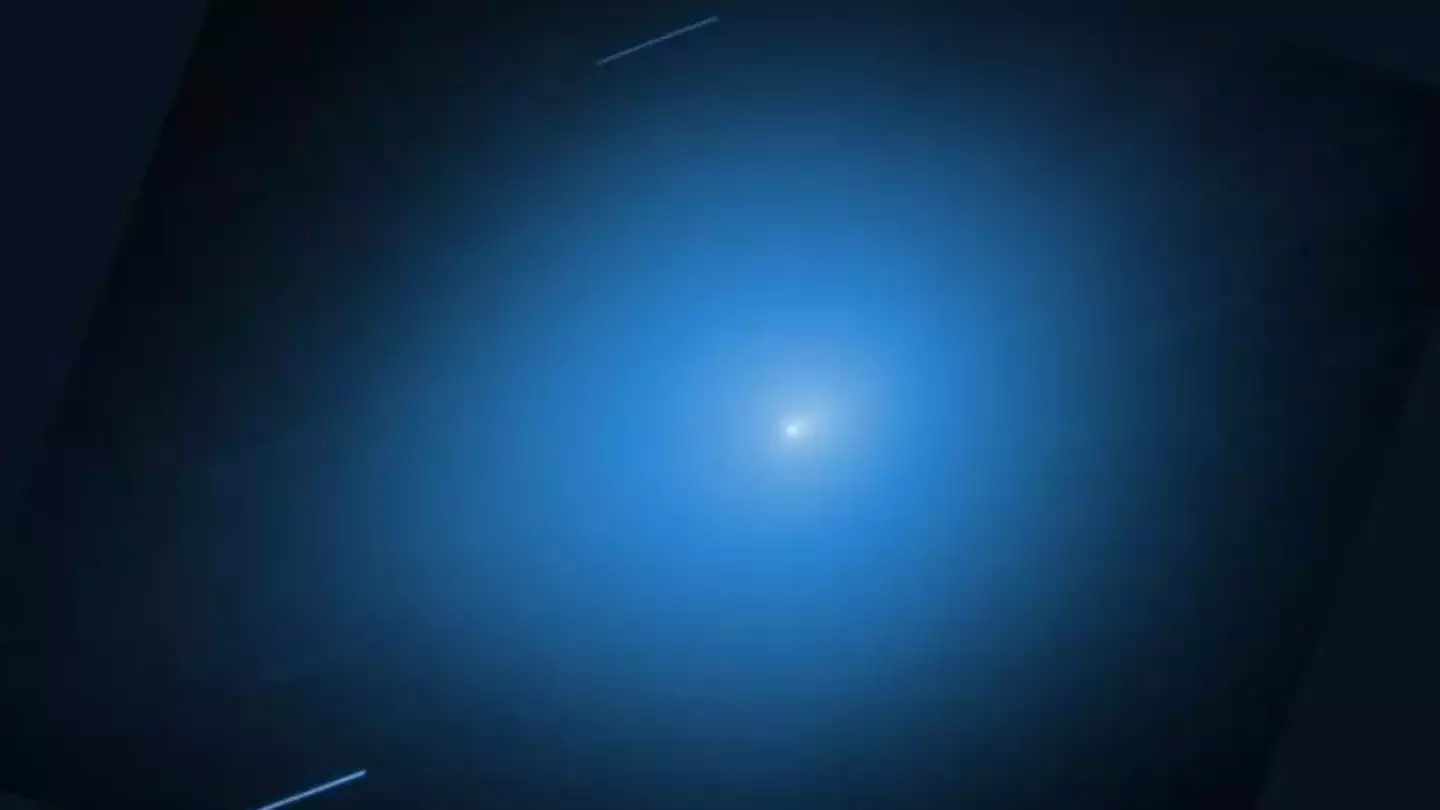
It's only the third ever interstellar object we've spotted

Scientists say the comet is 'pulsing'




